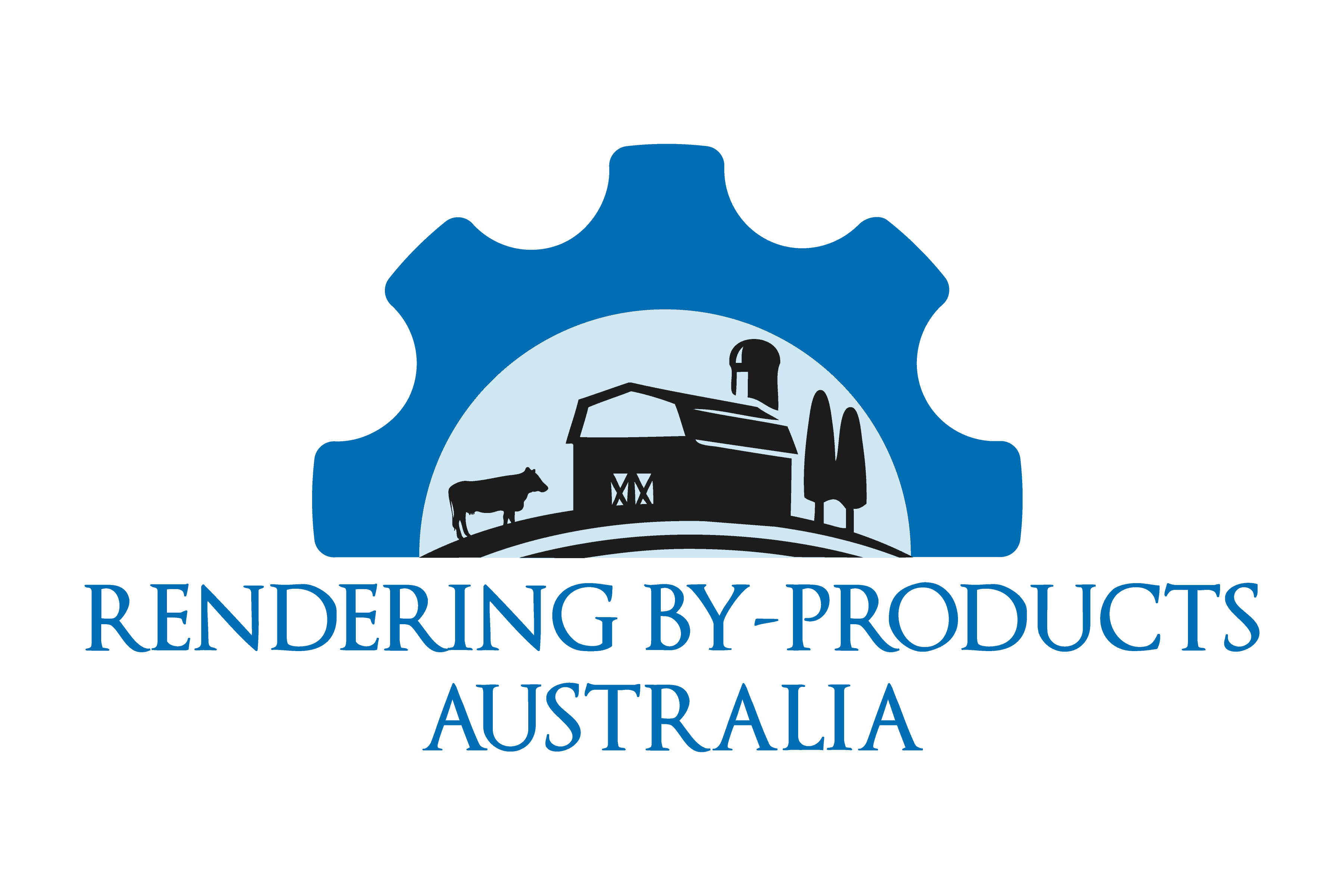What is Animal By-Product Rendering?
Animal by-product rendering is the process of converting animal offcuts and by-products that would otherwise be discarded, into useable product material.
The majority of animal by-product tissue comes from slaughterhouses and meat packing plants. Animal tissue is processed to obtain animal fat (otherwise known as ‘tallow’), and protein meal or ‘meat meal’. Whether the end product is ‘edible’ or ‘inedible’ for humans, depends on the quality of input material and the processing methods and equipment used.
The rendering process for edible products, will generally produce lard or ‘tallow’ for the use in food products. This process consists of finely chopping fat materials such as fat trimmings from meat cuts, and rendering them down using a continuous process at low temperature (less than the boiling point of water). The fat is then separated from the water and solids can be used in food products, pet foods or even sent off to soap making companies.
Some by-products may be deemed inedible either because they aren’t aesthetically pleasing or for sanitary reasons, but this doesn’t mean they won’t be used. The rendering process for inedible products works by a different method all together. It’s usually referred to as the ‘dry’ rendering process because the tallow and solids stay in contact with each other until the ‘crax’ material is squeezed out, in other words, dried. Examples of some products that contain inedible animal by-products include insulation, rubber, certain plastics, floor waxes and more.
The rendering industry is one of the oldest recycling industries in the world. It’s made possible by the development of product innovation which and takes what would otherwise be waste materials and makes them into useful products. It also solves what would otherwise be a major disposal problem for abattoirs and slaughterhouses.
